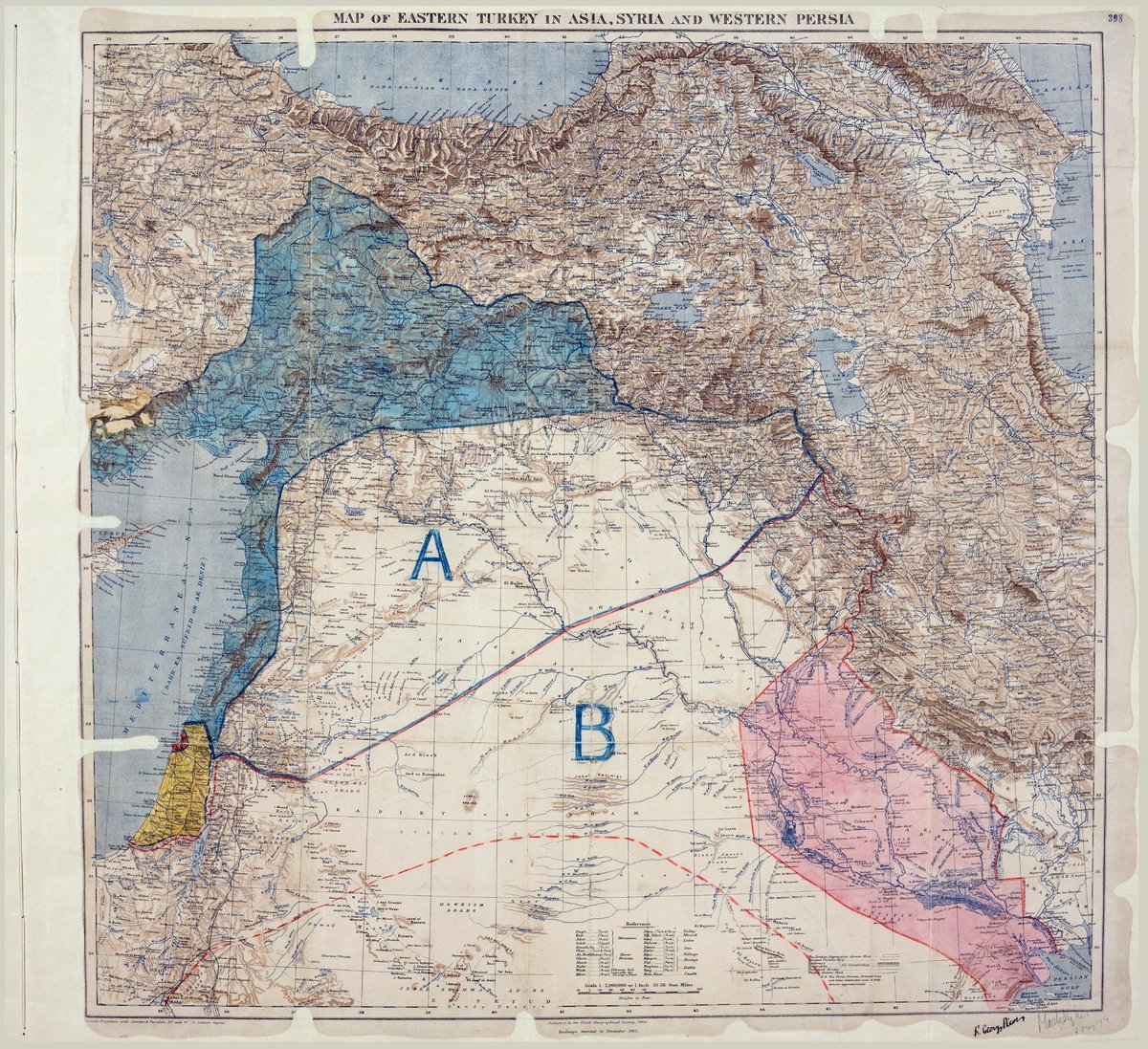ISIS suffers over 40 casualties in failed Deir Ezzor offensive
By -
15/05/2016
The Islamic State of Iraq and Al-Sham (ISIS) launched another massive assault inside the provincial capital of the Deir Ezzor Governorate on Saturday, targeting several sites that were under the control of the Syrian Armed Forces.
ISIS began the offensive by seizing the Al-Assad Hospital, SyriaTel Hill, Sadkop Oil Factory, Deir Ezzor Cemetery, Fire Brigade Base, and Grain Silos from the Syrian Armed Forces in Deir Ezzor City.
Following their success at the aforementioned sites, ISIS attempted to capture the Firat University buildings inside Deir Ezzor City; however, this would prove to be a fatal error for the terrorist group as they found themselves spread too thin and susceptible to a Syrian Army counter-attack.
The Syrian Arab Army’s 104th Airborne Brigade of the Republican Guard – backed by the National Defense Forces (NDF) and Hashd Al-Sha’abi (Iraqi paramilitary) – would indeed launch a counter-assault in western Deir Ezzor to recapture all of the sites they lost to ISIS.
In a matter of two hours, the Syrian Armed Forces would recover all of the sites they lost, including the Al-Assad Hospital.
ISIS’ offensive on Saturday proved costly, as they reportedly lost 40+ combatants during their failed assault in Deir Ezzor City.
A lot is happening in Deir Ezzor and in and around Aleppo. Terrorists continue to fire
shells and rockets against the population of Aleppo. Then there is Turkey that plays a major role in supplying the terrorists. Ambassador Bhadrakumar begins a recent post (, May 13,
) with
It seems likely that the current increase in activity is coordinated by Turkey.Turkey may have begun poking at the Russian bear in its lair in Syria. Last weekend, a contingent of Turkish special forces crossed into Syria for what appears to have been a limited operation to test the Russian reflexes. It’s unclear whether Russian intelligence spotted it but decided to do nothing, or whether it knew nothing about it until the media reports appeared. ()
At any rate, President Recep Erdogan has now gone a step further to say his country is preparing to “clear” the regions inside northern Syria bordering Turkey. His excuse is that Turkey faces cross-border fire from the Islamic State. It’s probably an alibi, since reports indicate that Turkey is continuing to supply the extremist groups in Syria with fresh fighters and military supplies. ()





